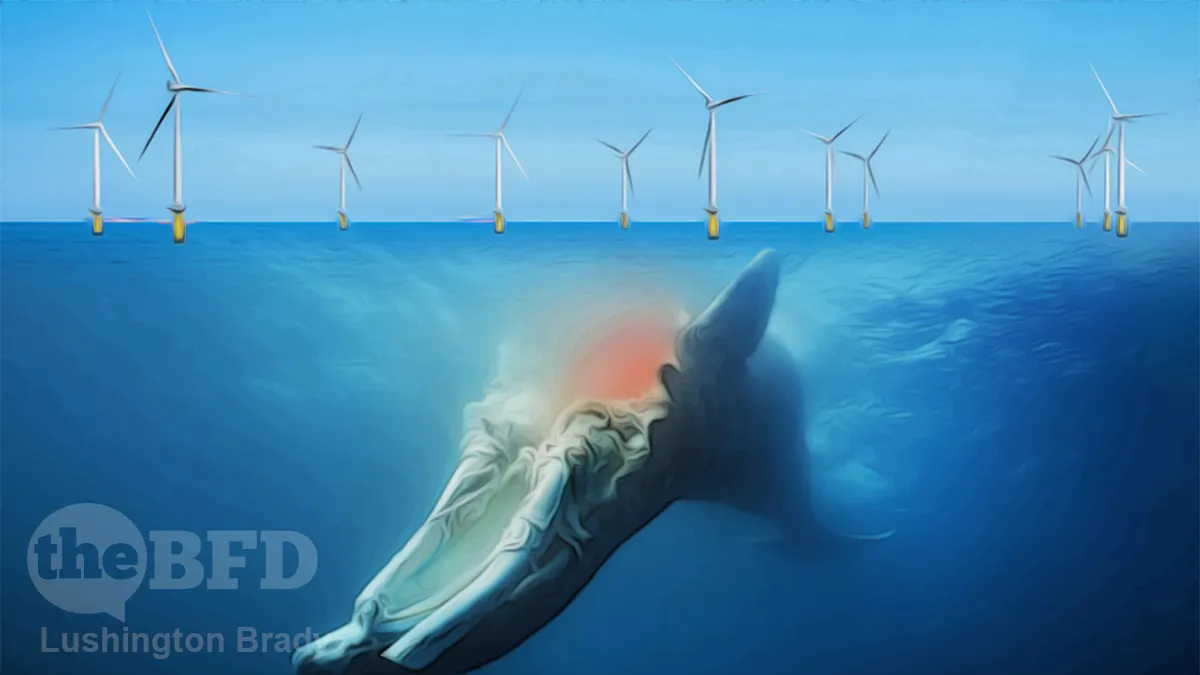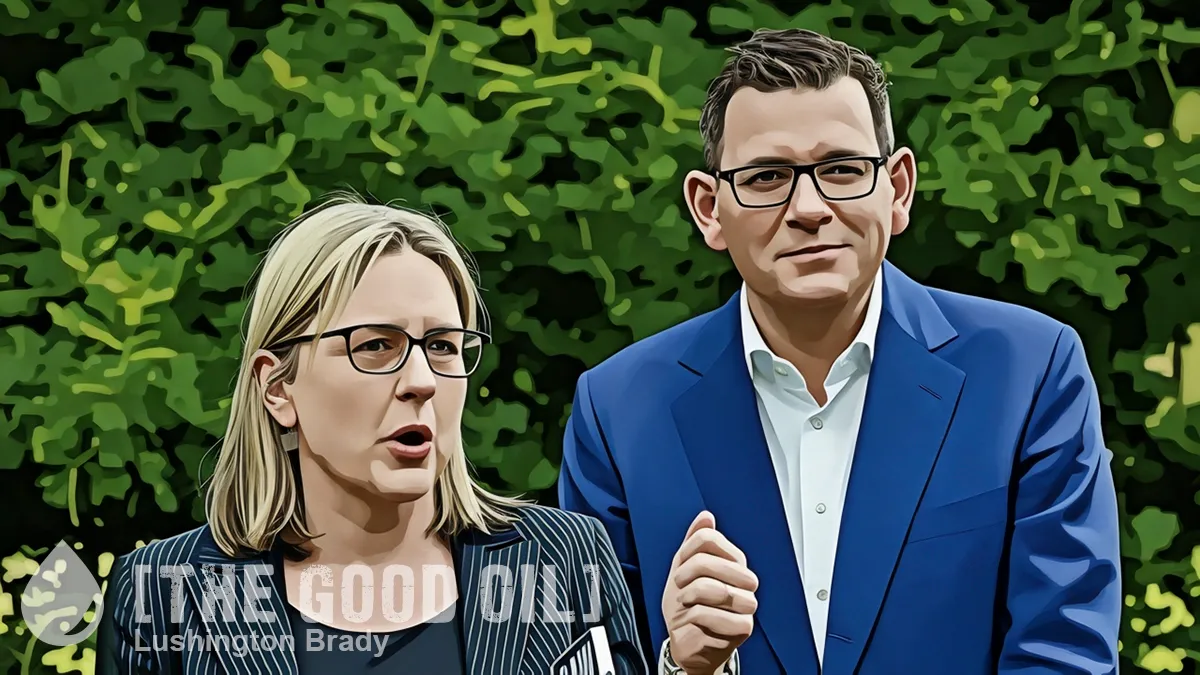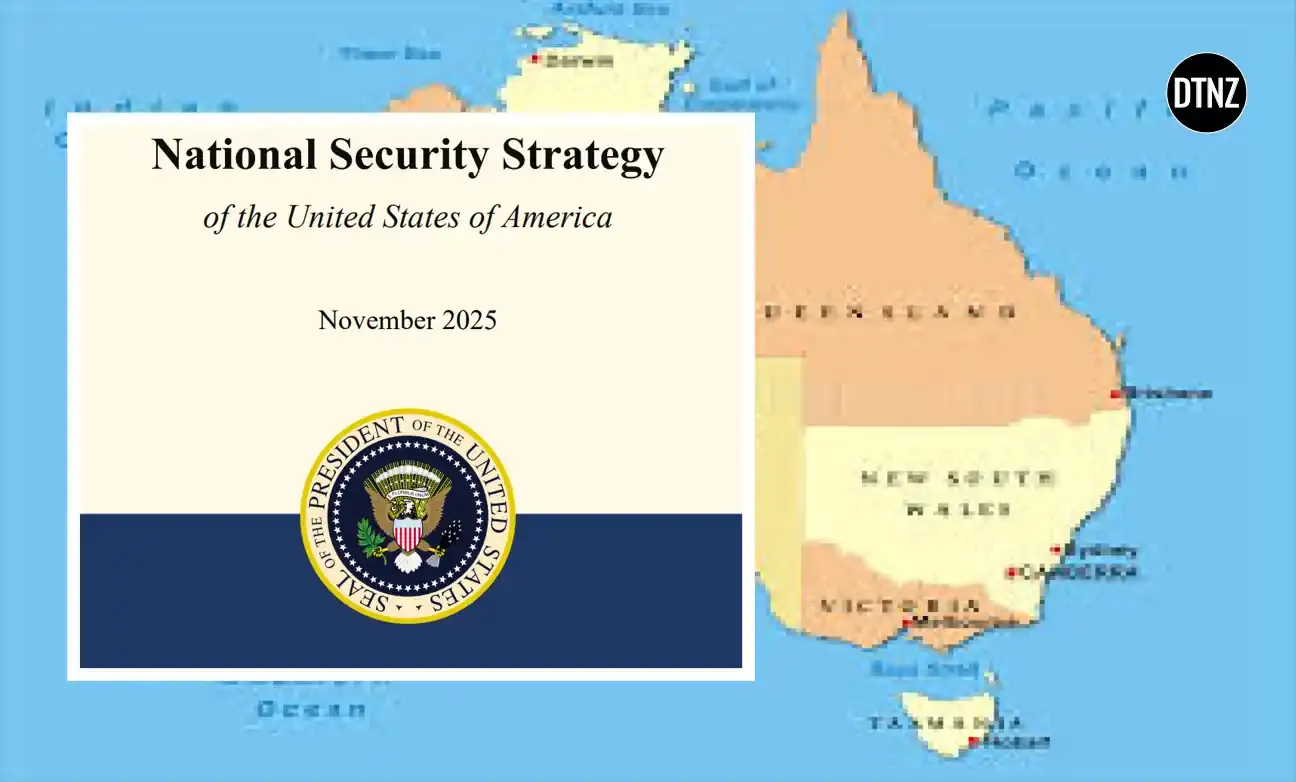The rural revolt against Labor’s “Net Zero” plans is a gathering storm that threatens to swamp the government in country seats. It’s hardly surprising that country people are arking up against this insanity, of course: after all, it’s country people who face the prospect of seeing their homes carpeted with solar panels, wind farms, and behemoth new transmission lines.
The Green and Teal voters in inner Melbourne and the Harbourside mansions of Sydney, who spend thousands of lawyers’ hours arguing over cutting down a tree if it blocks their water view, are only too happy to let country people suck up the reality of “Net Zero”. After all, electricity is just something that comes from a plug to them. Build a wind farm in front of the harbour view at Ultimo, though, and they’d lose their minds.
Chris Bowen is attempting to head off a voter revolt in Labor heartland seats over plans to rollout offshore wind turbines and massive transmission lines, holding a closed-door meeting with leaders in the NSW Hunter region to keep his ambitious renewables target on track.
As Mr Bowen launched a fear campaign over the Coalition’s nuclear ambitions, senior ALP figures are concerned a widespread community backlash against wind farm zones could negatively impact key Labor seats, including Paterson, Shortland and Gilmore.
At issue is Boofhead’s dream of blanketing the offshore Tasman spanning thousands of square kilometres off northern NSW in wind farms.
The government’s approach to consultation in the Hunter region has sparked a fierce backlash from an alliance of fishermen, tourism and whale-watching operators, environmentalists and residents who oppose offshore turbines […]
The opposition is based on the impact of giant, floating wind turbines on the scenery, marine life and birdlife, water currents, its flow-on impact on tourism, and concerns it would curtail shipping trade into the Port of Newcastle.
Adding a dash of schadenfreude to the affair is that the wind farm opponents are turning the green left’s own tactics against them.
The NSW Labor figure told The Australian the same arguments the party used against developing offshore gas in the region through the PEP-11 project was being used against the government over the wind farms.
“They are using our own stuff against us because we sowed this idea that you have to protect what you can see,” the source said.
That’s the issue, isn’t it? Teal and Green voters, the most urbanised humans in history, don’t see it, so they don’t care about it. People who live, work and recreate in the natural environment care very much.
Newcastle and Port Stephens Game Fish Club president Troy Radford – who is leading the community pushback against the wind zone – said Mr Bowen had told them he wanted the wind turbines in the water by 2028-30 and that up to three licences would be granted. Applications are due to close in November.
Mr Radford, who has heavily criticised the consultation process and is hosting a public rally on October 7, said he was concerned about the project’s impact on tourism, fishing, whale-watching and birdlife.
The revolt isn’t confined to NSW: offshore wind farm proposals in Victoria and South Australia are also facing a heavy backlash.
The government, which last year announced the nation’s first offshore wind zone off Gippsland in Victoria, in August launched public consultation over plans to create another offshore wind zone on the NSW south coast.
The South Australian Labor government last month joined concerned rock lobster fishers in formally opposing a proposed Southern Ocean offshore wind zone stretching from Warrnambool in Victoria to Port MacDonnell on the state’s southeast Limestone Coast region.
The Australian
Here in Tasmania, we’re seeing only too well the impact that wind farms have on the environment and wildlife.
Tasmanian wind farms and transmission lines have killed or injured 321 threatened eagles in 12 years, but the real figure is likely far higher, a new study finds.
The peer reviewed study, published in Australian Field Ornithology, uses data from wind farms, TasNetworks and eagle rescuers to identify the death or injury of 272 endangered Tasmanian wedge-tailed eagles and 49 vulnerable white-bellied sea eagles.
It found that from 2010 to 2022, 268 eagles were recorded killed and 53 injured by wind and transmission energy infrastructure, with the state’s four wind farms reporting 38 deaths, TasNetworks 139 deaths and raptor rescuers 91 deaths.
The Australian
This is an extinction-level catastrophe for Tasmania’s wedgies. With an adult population estimated at around 1,000 birds this level of slaughter will wipe them out in a few decades.
Next up on the wind farm’s never-ending menu of bird kills will be the albatross.
Albatross experts are warning of “catastrophe” for the threatened seabirds unless the Albanese government adequately regulates Australia’s offshore wind farms.
Humane Society International and one of the nation’s leading albatross experts, Nigel Brothers, have briefed the government on urgent measures needed to avoid a wildlife disaster.
“It’s got the potential to have a really significant impact – even catastrophic, depending how extensive the wind farms are and how well they are designed,” said HSI Australia head of campaigns Nicola Beynon […]
Mr Brothers, who has spent more than 30 years working to reduce the impact of longline fishing on albatross, said it was vital the best engineering design and mitigation were employed before the industry developed.
The Australian
Yeah, about that… Tasmania has an “industry best” wind farm, supposedly specially designed to minimise bird casualties. Big surprise: it’s still slaughtering eagles by the dozen.









